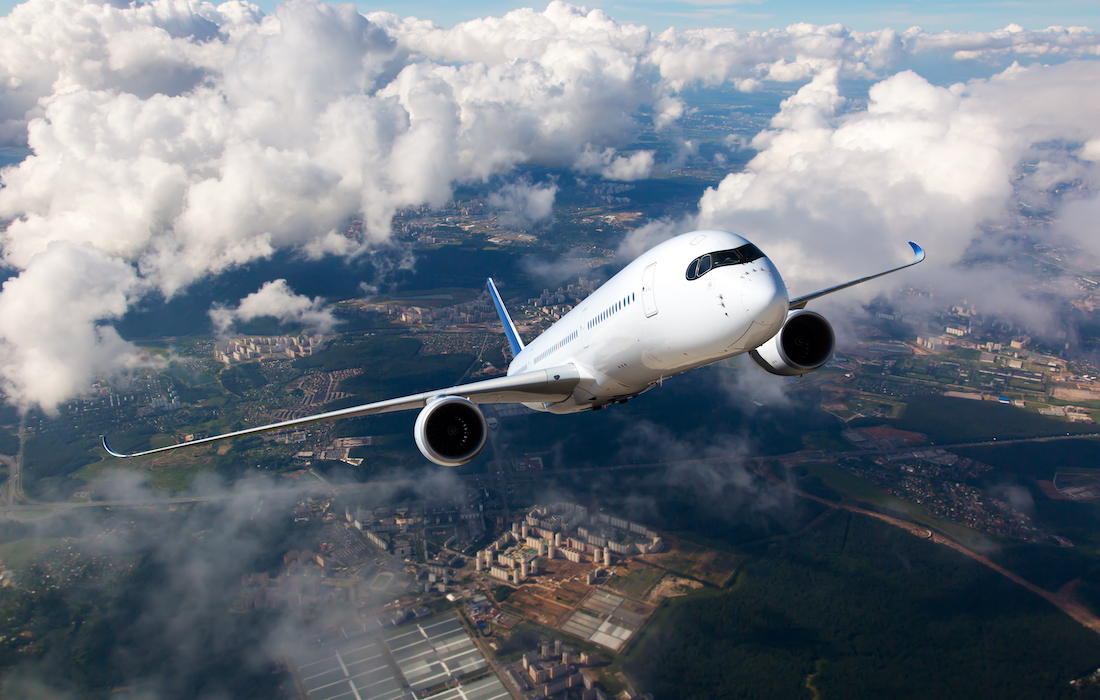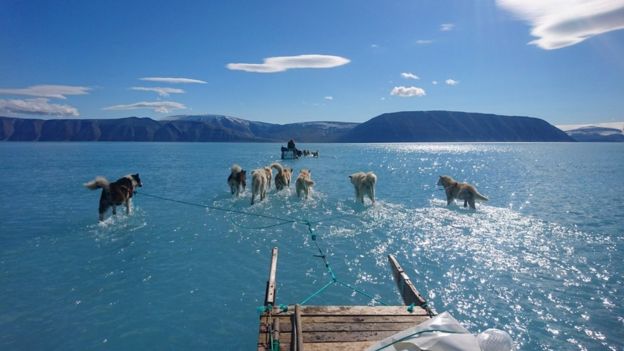How does an airplane fly? Has this question ever ignited in your brain? We have always wondered about the mechanism of the airplane and how a pilot controls this giant machine. Let’s talk about some principles and elements about this machine that are involved in the process of flying and controlling it.
Air is the key
Yes, the air is the key to fly the airplane. As we all know, the air is a physical substance and it has weight but its molecules are moving constantly. These moving molecules create pressure which is known as air pressure. Many experiments were done in the past and finally, scientists figured that hot air expands and spread outs. Hot air is lighter than cold air and it allows the things to fly.

How the plane gets lifted by wings
If you ever notice, the airplane wings are always curved and they are used to move the air faster. The more the air moves faster, it gives acceleration to the plane during take-offs. Air moves faster over the top of the wing and moves slower underneath the wings of the plane. These forces lift up the plane into the air.
Newton’s law of motion
To fly an airplane some rules are very important and these rules were actually developed by “Sir Isaac Newton”. These rules are called three laws of motion and were discovered in the year 1665. According to these laws:
- If any object is in a rigid state and is not moving then it will never move on its own. If any object is in moving state then it will never change its direction or it will never stop until it gets pushed by something.
- If you push harder, the object will move faster and farther.
- If you are applying any force in one direction then there is always a reverse force in the opposite direction.
Forces work for airplane
To fly an airplane there are few forces work hand in hand. These forces allow to:
- Lift the plane upward
- Drag the plane down and backward
- Manage the weight downward
- Put the thrust forward
How does a plane fly?
So, how does a plane fly? Let’s give it a thought. Spread your arms wide and assume it that they are wings and roll them up and down. You will feel they can change your body position. Same as this, the pilot can raise the nose of the plane and it will raise the pitch of the plane. All these dimensions are responsible for the control of the flight of the plane. With different leavers and buttons, the pilot can change and control yaw, pitch and roll the plane.
Speed or regime of flight
Each regime is different for flights on different levels. These regimes are called general aviation, subsonic and supersonic. In general aviation, plane follows the lowest speed, which is 100 to 350 MPH and only early day planes were able to fly on such a low speed. Those planes did not have powerful engines like today’s boing planes. Sea-plane, crop duster plane, and two or four-seater planes are great examples of general aviation.








